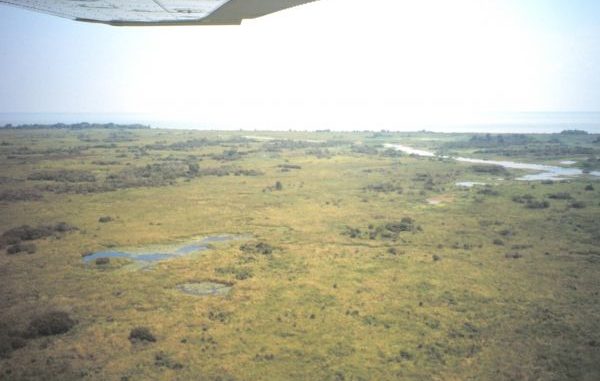
71 percent of land loss comes from Gulf of Mexico region
*Courtesy NOAA
The United States is losing wetlands in coastal watersheds at a significant rate, according to a new report released in January by the U.S. Fish and Wildlife Service and the National Oceanic and Atmospheric Administration.
The report, Status and Trends of Wetlands in the Coastal Watersheds of the Conterminous United States 2004 to 2009, concluded that more than 80,000 acres of coastal wetlands are being lost on average each year — up from 60,000 acres per year during a previous study.
And the states along the Gulf Coast are absorbing almost two-thirds of that loss, with an estimated 257,150 disappearing from that region during the four-year study period. That represents 71 percent of the total estimated loss nationwide during those years, the study shows.
The Atlantic Coast lost 111,960 acres and the Pacific Coast 5,220 acres. Although the losses along the Pacific Coast were small in comparison to the others, they represent an important component of coastal wetlands in this region, which has a predominantly high, rocky coastline. The watersheds of the Great Lakes region experienced a net gain in wetland area of an estimated 13,610 acres.
“Wetlands are important to our nation’s heritage, economy and wildlife — especially when it comes to coastal communities,” said Secretary of the Interior Sally Jewell. “When a study shows that an area four times the size of Miami is disappearing every year, it underscores the importance of strengthening our collective efforts to improve wetlands management, to reduce losses and to ensure coastal infrastructure and resources are protected.”
“Wetlands are essential to fish and shellfish, and are integral to the health of the nation’s multi-billion dollar commercial and recreational fishing industries,” said Mark Schaefer, NOAA Assistant Secretary for Conservation and Management. “The three most-valuable species that depend on habitats supported by our wetlands — crab, shrimp, and lobster — had a combined value of $1.6 billion in 2012. The disappearance of this habitat could be detrimental to our nation’s seafood supply.”
But the cost of the land loss goes beyond those concerns.
“In addition to the important economic and safety benefits they provide to people, coastal wetlands are also vitally important to native fish and wildlife species,” said U.S. Fish and Wildlife Service Director Dan Ashe. “While they comprise less than 10 percent of the nation’s land area, they support 75 percent of our migratory birds, nearly 80 percent of fish and shellfish, and almost half of our threatened and endangered species. We can’t sustain native wildlife for future generations without protecting and restoring the coastal wetlands that support them.”
The report is available online at www.fws.gov/wetlands/Documents/Status-and-Trends-of-Wetlands-In-the-Coastal-Watersheds-of-the-Conterminous-US-2004-to-2009.pdf.


